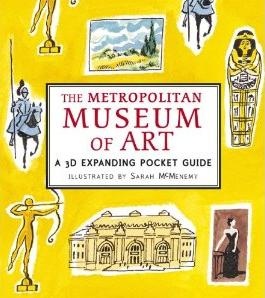Choir Screen from the Cathedral of Valladolid
Discover
This is called a choir screen, and it was built for a cathedral (the main church in a city area) to separate the people worshipping in the church from the priests leading the service. The cross at the very top is a clue that this screen was created for a church. The decorations around the cross make it look like an enormous piece of jewelry, showing its importance. The screen is perfectly symmetrical, just like the architecture of the church in Spain where it used to live.
Who made this ? Rafal Amezúa
What is this made of? Iron: gilded and painted; limestone (base)
When was this made? completed ca. 1763
Where was this made? Europe; Spain
Virgin and Child
ca. 1415–17
Attributed to Claus de Werve
This monumental yet intimate image of the Virgin and Child was probably a gift of John the Fearless (無畏的約翰), Duke of Burgundy (d. 1419), or his wife, Margaret of Bavaria (d. 1424), to the convent they founded dedicated to the Franciscan(方濟會) order of Poor Clares at Poligny (波利尼的貧窮). As court sculptor to the Burgundian dukes in Dijon(地戎), the influential artist Claus de Werve, to whom this sculpture is attributed, created many works for his patrons, and this sculpture is one of his masterpieces.
The curly-headed child Jesus looks up at his mother as she balances him and a large book on her lap. This tender moment between mother and son is, at the same time, a presentation of a sophisticated theological theme(神學主題). The clue to understanding it is the Latin inscription on the bench. Taken from the Book of Ecclesiasticus(西拉書德訓篇), dedicated to and extolling wisdom, it reads, "From the beginning, and before the world, was I created" (24:14). Although by the thirteenth century the Church applied this text, which refers to Wisdom as a feminine entity, to discuss Mary, it was Christ as God incarnate who was seen as the personification of divine Wisdom on earth and Mary the vessel, or throne, that bore hi
Object Details
Artist: Attributed to Claus de Werve (Netherlandish, active in France, ca. 1380–1439, active Burgundy, 1396–ca. 1439)
Date:ca. 1415–17
Geography: Made in Poligny, Burgundy
Culture: French
Medium: Limestone with paint and gilding
Dimensions: Overall: 53 3/8 x 41 1/8 x 27 in. (135.5 x 104.5 x 68.6 cm)
Classification: Sculpture-Stone
Credit Line: Rogers Fund, 1933
Christmas Tree at Medieval Sculpture Hall
New York City has many famous Christmas trees: Rockefeller Center, the New York Stock Exchange, and Bryant Park, to name a few. But one of the most beloved trees is certainly the great evergreen that stands in the Medieval Sculpture Hall at The Met, decorated with exquisite eighteenth-century angels and Nativity figures that welcome viewers from all over the world. This year's tree, on view through January 6, carries on that tradition.







 留言列表
留言列表
 {{ article.title }}
{{ article.title }}